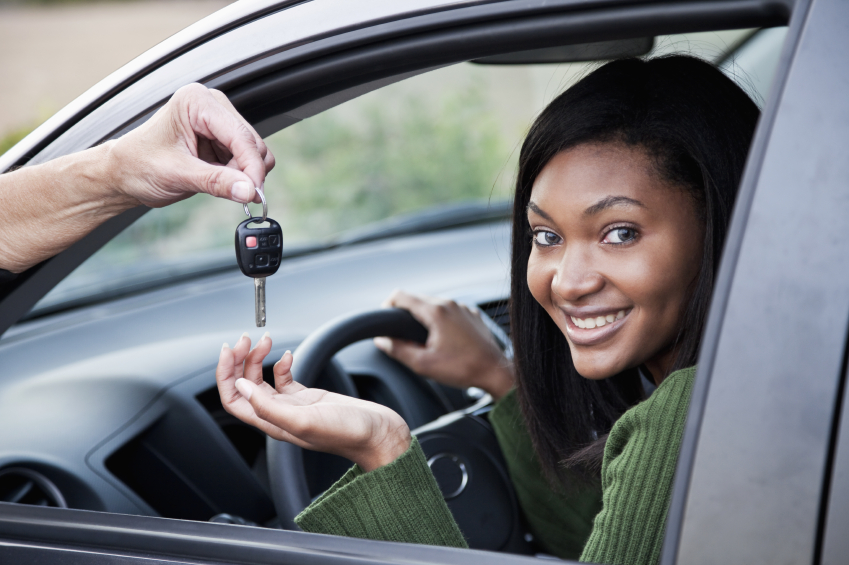Blog

Teen Driving: When Your Kid Takes the Wheel
If you’re shopping for a car for a first-time driver, be sure to keep your eye on the features that matter most...

It may be the moment to upend the time-honored tradition of giving your fledgling teen driver your hand-me-down clunker. Rather than debating whether your new car will be cherry red or electric blue, we recommend that the newest driver in the house get the newest car.
Why would we suggest that cruel reversal of fortune? Because new cars today have key safety and accident-avoidance systems such as electronic stability control—which wasn’t required until 2012—as well as forward-collision warning and automatic emergency braking.
Of course, every driver needs those features. But a more experienced motorist can more deftly navigate an emergency maneuver in an older car with fewer safety devices.
For teen drivers, we recommend a moderately sized sedan or hatchback, or a small, car-based SUV. Consider a car with a stick shift; with both hands engaged, the temptation to text is eliminated. But a base-model stick shift often won’t offer forward-collision warning or automatic emergency braking.
Also nix full-sized pickups and large, truck-based SUVs. Their higher center of gravity makes them more prone to roll over in a sudden move, handling is cumbersome, and braking distances are longer. Three-row vehicles are another no-no, because the extra seats tend to get filled with distracting friends. Also avoid sporty cars, which beg to be driven too fast and usually have higher insurance premiums.
We ruled out cars with 0-60 mph acceleration times faster than 7.5 seconds or slower than 11 seconds—the better to avoid drag racing or sluggish highway merging—as well as cars with braking distances longer than 145 feet in dry conditions, and those with mediocre emergency-handling scores.
Posted on July 2016,29 // Author: Admin